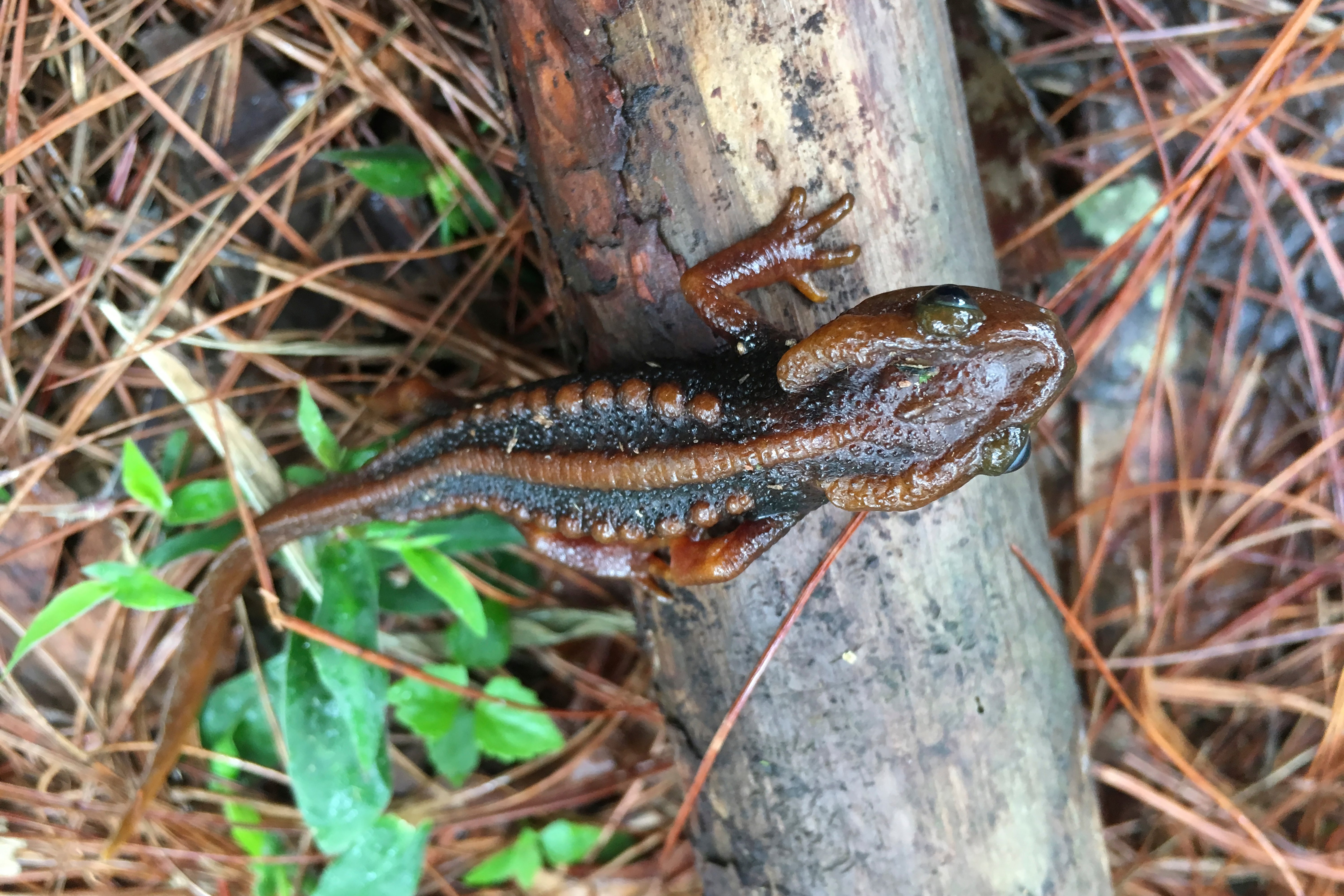Report: Ghostly monkey among 224 new Mekong region species
A monkey with ghostly white circles around its eyes is among 224 new species listed in the World Wildlife Fund's latest update on the Mekong region

Your support helps us to tell the story
From reproductive rights to climate change to Big Tech, The Independent is on the ground when the story is developing. Whether it's investigating the financials of Elon Musk's pro-Trump PAC or producing our latest documentary, 'The A Word', which shines a light on the American women fighting for reproductive rights, we know how important it is to parse out the facts from the messaging.
At such a critical moment in US history, we need reporters on the ground. Your donation allows us to keep sending journalists to speak to both sides of the story.
The Independent is trusted by Americans across the entire political spectrum. And unlike many other quality news outlets, we choose not to lock Americans out of our reporting and analysis with paywalls. We believe quality journalism should be available to everyone, paid for by those who can afford it.
Your support makes all the difference.A monkey with ghostly white circles around its eyes is among 224 new species listed in the World Wildlife Fund’s latest update on the greater Mekong region.
The conservation group’s report, released Wednesday, highlights the need to protect the rich biodiversity and habitats in the region, which includes Vietnam, Cambodia Laos Thailand and Myanmar
The species listed were found in 2020 but last year’s report was delayed. The monkey, a new species of Popa langur found on the extinct Mt. Popa volcano in Myanmar, was the only new mammal. There are also dozens of newly identified reptiles, frogs and newts, fish and 155 plant species, including the only known succulent bamboo species, found in Laos.
The Mekong region is a biodiversity hotspot and home to tigers, Asian elephants, saola — an extremely rare animal also called the Asian unicorn or spindlehorn — and thousands of other species.
Including this latest list, scientists have identified more than 3,000 new species in the region since 1997, the WWF said.
Scientists used measurements and samples from museum collections to compare and identify key differences with features of the newly discovered animals and plants, the report said.
Studying such differences can help determine the range of species and threats to their survival, Thomas Ziegler, a curator at the University of Cologne's Institute of Zoology, said in introducing the report.
Identifying new species is tricky, though, and sometimes can only be determined using a variety of methods, such as frog calls and genetic data used to distinguish the Cardamom leaf little frog, found high up in the Cardamom mountains in a wildlife refuge.
Some species are found in more than one country, including the bright orange twin slug snake, which consumes slugs.
The new monkey species, Popa langur, was found based on genetic matching of recently gathered bones with specimens from Britain's Natural History Museum collected more than a century ago, the report said. Two main distinguishing characteristics were the broad white rings around its eyes and its front-pointing whiskers.
The WWF, working with Fauna and Flora International, caught images of the monkeys using camera traps in 2018. FFI reported the discovery late last year.
The monkey is a candidate to be listed as a critically endangered species on the Red List of the IUCN, the report said, since only 200-250 are thought to survive in the wild, in a handful of places.
A new type of begonia with reddish flowers and a berry-like fruit also was found in the uplands of Myanmar, where illegal mining and logging have become an increasingly dire threat in the country, which is in the midst of political turmoil following a military takeover a year ago.
Despite human encroachments on tropical forests and other wild zones, much of the Greater Mekong is still little explored and each year dozens of new species are found — a glimmer of hope as so many species go extinct.
Not all new species are found deep in jungles. One of the new plant species is a ginger plant called “stink bug" for its pungent odor similar to big beetles Thais use to make a kind of chili dipping paste served with rice, the report said.
It was found in northeastern Thailand, in a plant shop.